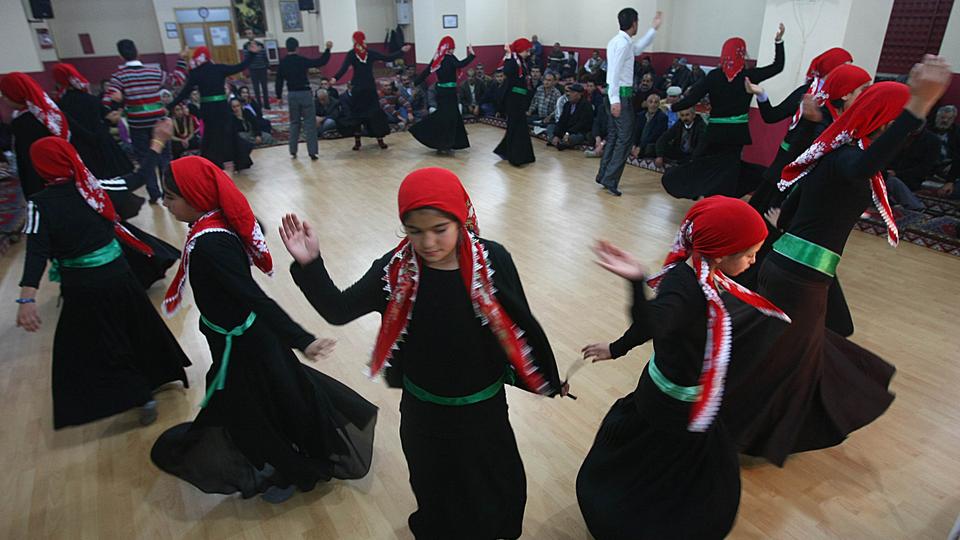The Alevis is a sect of Shia Islam who follow the teaching of Twelve Imams and the mystic Haji Bektash Vali. They are mainly based in Turkey and follow rituals and beliefs that are similar to that of the Twelver Shias like the importance of the family of Propet (PBUH), mourning in the month of Muharram etc. In this article we shall look upon the various practices performed by the Alevis to hold Ashura festival.
Keywords: Alevism, Azadari, Muharram, Ashura
The Alevi Sect
The Alevis are a sect of Islam whose followers abide by the views of the mystic Haji Bektash Vali. Based primarily in Turkey, they are close to the Twelver Usuli Shias as they follow the teaching of the Twelve Imams, but do not ahdhere by the fatwas of a Marja. However, the rites and rituals are very similar to the ones of Twelver Shia, vis-à-vis respect for the Ahl-e-Bayt, commemorating Karbala and Azadari in the month of Muharram
Holding Ashura Festival in the month of Muharram
For the Alevis, Muharram is one of the important months of the calendar and they have ceremonies like their other ones discussed previously . They commemorate the martyrdom of the grandson of Prophet (PBUH), Imam Hussain (AS), that took place on the tenth of this month in Karbala by the hands of Yazid and his army. These days are known by the name ‘Yas-i-Muharram’. The activities that are done by the Alevis while holding Ashura Festivals are:
- Mourning for the martyrdom of Imam Hussain (AS) and his seventy-two companions. The Turkish term ‘Mâtem Orucu’ is a common term used for mourning in the month Muharram.
- Observing fasts for first ten days of the Month. These fasts are known as Siam-e-fatemi or the fasts of Fatema. It is also called Muharrem Matemi. During these fasts the Alevis refrain from eating meat, milk and butter and drink no water. However, some Alevis lick a piece of rock salt known as ‘Balim tuzu’ meaning Balim’s Salt whenever they feel thirsty.
- Breaking the fast of Ashura (the tenth day of Muharram) with a special dish called ‘Asure’. This dish is usually prepared from twelve different kinds of fruits, grains and nuts.
- Weeping along with reciting of the “Hadiqat al soada” by Mohammad Fozuli bin Solayman (d. 963/1556) during these ten days.
- Apart from mourning, the events, the Alevis also celebrate the liberation of Imam Hussain’s (AS) son Ali ibn Hussain, aka Imam Sajjad (AS) or the fourth Imam from the carnage of Karbala.
Taken from:
Encyclopaedia Iranica 1989, Bektāšīya, , accessed 4th August 2021, <https://web.archive.org/web/20150517012420/http://www.iranicaonline.org/articles/bektasiya-a-syncretic-and-heterodox-sufi-order-found-principally-in-anatolia-and-the-balkans-with-offshoots-in-other-regi>
Wikipedia 2021, Alevism, accessed 4th August 2021 <https://en.wikipedia.org/wiki/Alevism>
